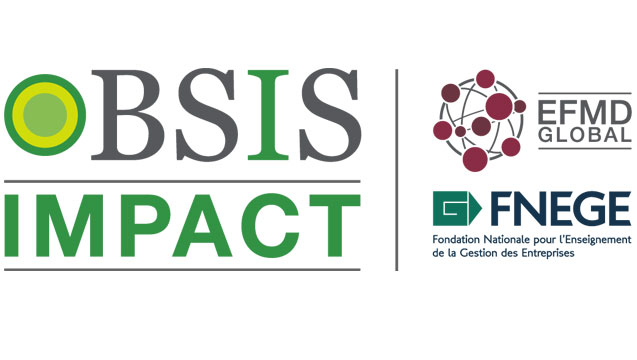Birla Institute of Management Technology realised that to make a better world, it should not only focus on producing responsible managers, but also provide a second chance for those who had become involved in crime and ended up in prison. For inmates, access to books and libraries was a chance to turn over a new leaf – quite literally.
When Birla Institute of Management Technology (BIMTECH), in Uttar Pradesh, decided it wanted to enhance life chances for inmates based at local prisons, it realised that wider perceptions would have to change.
In 2012, the Ranganathan Society for Social Welfare and Library Development – a non-profit organisation supported by BIMTECH – took its first step to discourage prisoners from a life of crime, by unlocking a quest for knowledge. The project involved a combined effort from across departments, staff members and the student body, and its first BIMTECH Pustakalaya (library) was established in Ghaziabad Prison. The project proved to be a great success for the inmates and, vitally, for prison authorities.
Indeed, the response encouraged BIMTECH to expand the project to other prisons in Uttar Pradesh. Establishing a BIMTECH Pustakalaya, however, is a long journey. Once prison authorities reach out to the Ranganathan Society to request a prison library, a meticulous assessment is carried out. This includes identifying the demographics and unique requirements of each prison, conducting an overview about the audience each library will be catering for and, of course, determining the array of books. There are also field visits to establish space requirements and the funding levels needed to establish a decent prison library. Initially, BIMTECH financed all the libraries from its own resources.
Once the establishment of the library has been approved, educated prison inmates are identified to work as staff and are trained to run day-to-day library activities. When the library becomes operational, the Ranganathan team pays scheduled visits to the prison to monitor its functionality.
A clear impact of the project has been seen on literacy levels; following the opening of libraries many inmates have enrolled themselves on school courses and college degrees, successfully completed them and provided a ray of hope for a better life. The prisoners who use the library facilities, have become attached to the idea of spending time there. They don’t consider the library as part of prison – it has, instead, become the one place they feel free.
Looking at the impact that the libraries have on inmates, the prison authorities have started putting forward their requirements for female libraries and toy libraries for the children of female inmates as well. Furthermore, other non-profit and corporate entities have started investing their Corporate Social Responsibility funds in the development of vocational and skill development facilities in the prisons.
Encouragingly, many of the prisoners have desisted from returning to a life of crime, some have involved themselves in creating awareness about reading books and other have also indulged in social work after coming out of prison.
The next step is to increase the number of libraries, reduce the number of inmates across the region and create a sustainable model for prison libraries which specifically helps to improve literacy rates among the prisoners. After all, rehabilitation is never a closed book.

This case study has been produced in partnership with the European Foundation for Management Development’s Business School Impact System (BSIS).
BSIS is a pioneering impact assessment tool used by business schools worldwide


